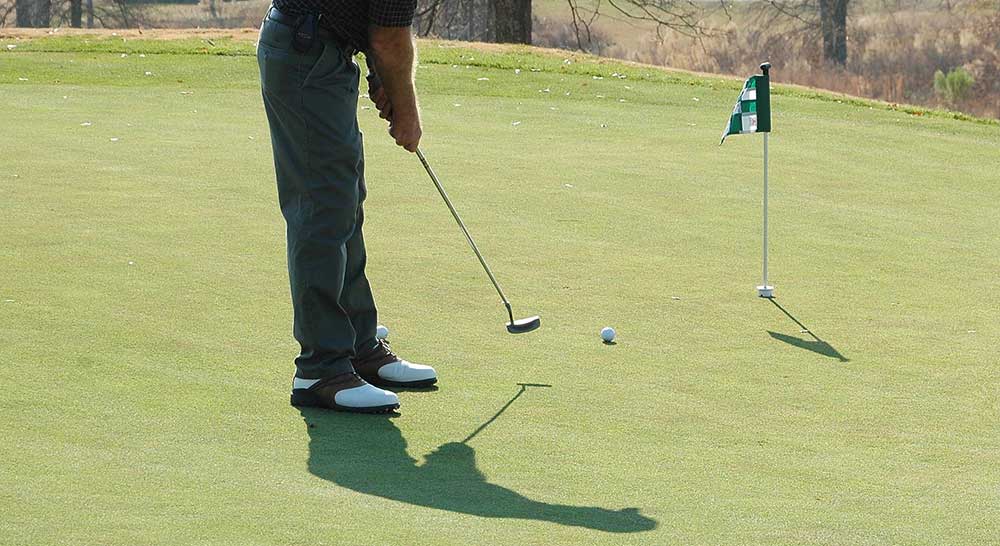The Overlooked Golf Stat That Can Transform Your Game

Today, I want to delve into a golf statistic that most average golfers overlook, but it happens to be one of the most crucial stats to track. It has the potential to significantly impact various aspects of your game. I’m talking about the length of the first putt you hit once your ball is on the green.
Many golfers, both amateur and average, often complain about their speed control. They struggle with three-putts, failing to get their long putts close and sometimes hitting their short putts too far. One of the first questions I pose to these players is whether they pace out their putts. Shockingly, a significant percentage—70%, 80%, even 90%—admit that they don’t pace their putts.
Now, consider this: when you’re on the fairway, you likely use a rangefinder to precisely measure distances to the flag. You may check the yardage several times to ensure accuracy, including the front and back measurements. Yet, when you’re on the green, you often have no idea whether you’re 20 feet, 30 feet, or 50 feet away from the hole. This lack of knowledge about your exact distance is, in my opinion, the primary reason for speed control issues.
Imagine if, after every round, you recorded the length of your first putt when you reached the green. Include a note about whether you hit the green in regulation or not. This simple tracking can provide valuable insights.
For starters, it helps players struggling with distance control. Do you even know what length of putts you typically face? How about during your warm-up? If you’re like most golfers, your warm-up putting routine involves dropping a few balls and giving it a go. It’s essentially guesswork.
Imagine writing down these numbers: 36 feet, 47 feet, 12 feet, 63 feet. After 18 holes, you’ll have a collection of distances in feet. You might start to notice patterns. Perhaps you face a lot of putts outside 30 feet. Now, you know what specific distances to practice.
But it’s not just about practice; it can reveal crucial insights about your game. For instance, when you miss greens, what’s the average length of your first putt? If it’s often outside 10 feet, it may indicate a weakness in your short game, particularly your chipping.
Even when you do hit the green, understanding the length of your first putt can tell you a lot. For example, if you hit a par-4 green but your first putt is consistently 75 feet away, it’s clear that your approach shot accuracy might need work.
Tracking this single statistic, the length of your first putt, can guide your practice and help you improve your speed control. As you analyze the data over time, you’ll notice tendencies. Perhaps you frequently have putts between 30 to 40 feet. These are the putts you need to practice before your rounds.
Incorporate these tendencies into your warm-up routine. Spend time on the practice green working on the lengths of putts you’re likely to encounter. It’s about being mindful and specific about your practice, just as you are when determining the exact yardage to the pin.
Imagine taking this data to your golf coach. Instead of vague complaints about your putting, you can provide precise information about the lengths of putts you struggle with. It will guide your coach in tailoring your training regimen to address your weaknesses effectively.
So, consider tracking the length of your first putt. Start small, perhaps for a few holes or a couple of rounds. You might be surprised by the insights you gain. This simple statistic can go a long way in helping you make more informed decisions on the golf course and ultimately improve your game.
